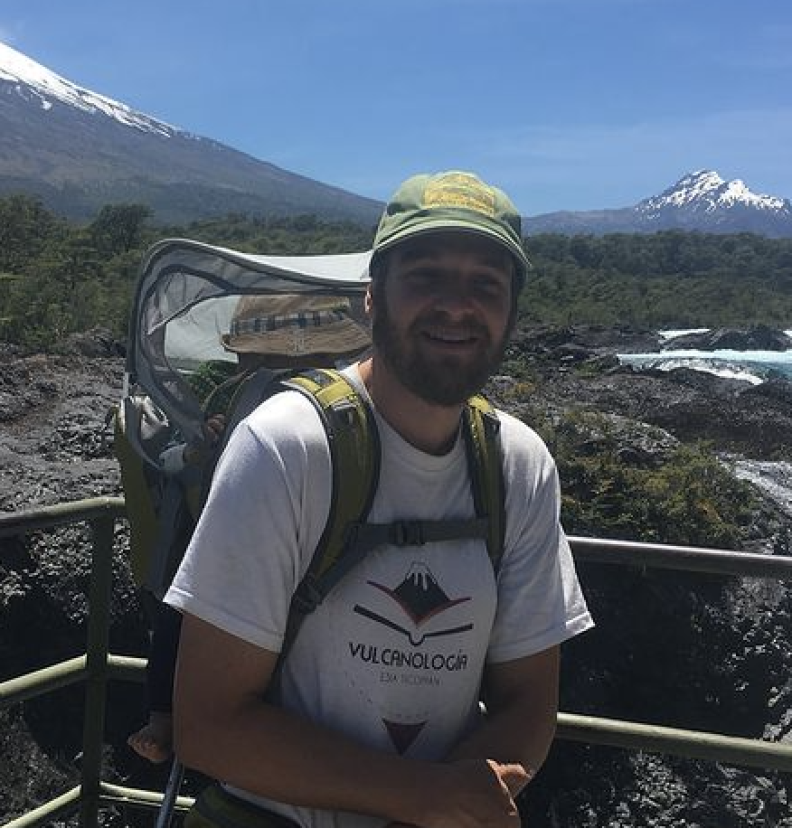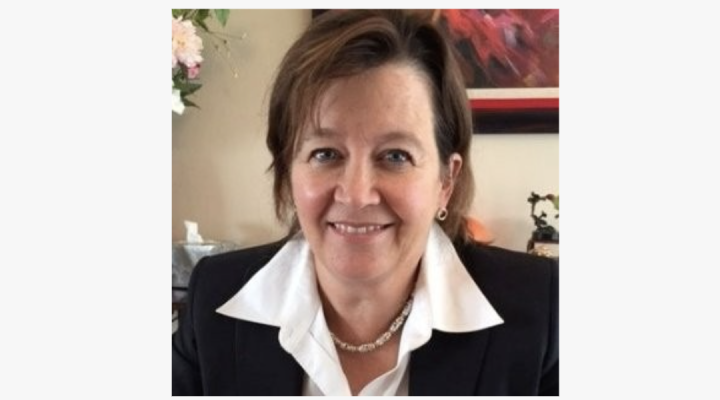Seth Saltiel has joined the faculty of the Department of Earth and Atmospheric Sciences as an assistant research professor. Saltiel comes to Cornell after two years on the faculty of the University of Nevada, Reno as an experimental geophysicist.
As un undergrad, Saltiel studied physics at the University of California, Berkeley and then earned his Ph.D. (also from Berkeley) in Earth Sciences/Geophysics. “Physics is a great major as an undergrad because it is just so broadly applicable,” Saltiel said. “There are so many directions you can take it.” Where Saltiel took it was to the National Renewable Energy Lab, where he worked as a geothermal energy analyst.
“Working on geothermal was what got me really interested in geophysics,” Saltiel said. “It made me curious and motivated. At the same time, it was a small office without a lot of people. So, I knew that both socially and intellectually, in terms of learning more about geophysics, I would need an academic environment.”
Saltiel found a spot at the Lawrence Berkeley National Lab, which is a federally-funded research and development center sponsored by the Department of Energy and run by University of California system. Saltiel’s graduate experience was a bit unusual. “I was part of a geophysics group at the national lab, so I had my boss and mentor there; but I was also a Ph.D. student at UC Berkeley, so I had an academic advisor there,” Saltiel said. “My funding came from the national lab rather than the university, so I ended up doing much of my work at the lab, while taking advantage of the intellectual environment of campus.”
His work focused on using geophysics to better understand reservoirs and subsurface processes. Because he did not have much of a background in geology or geophysics, Saltiel said grad school involved a lot of catching up at first. His funding was for a carbon sequestration project and involved using seismology and other geophysical techniques to characterize the subsurface and better understand what happens there. The goal was to be able to monitor sequestered carbon to ensure that it stayed where it was intended to stay.
In his time at Berkeley and, following that, some years spent teaching and working on friction models in Chile, as well as postdoctoral research on subglacial drag and seismicity at Columbia University’s Lamont-Doherty Earth Observatory, and two years at the Nevada Seismology lab, Saltiel expanded his research repertoire greatly. He summarizes his research this way: “As an experimental geophysicist, I am interested in the frictional and seismic behavior of geologic interfaces and materials under shear. These boundaries control dynamic earth processes of societal significance on many scales.”
The applications of Saltiel’s work include:
· tectonic faults that control continental scale deformation and earthquakes;
· glacier beds that control the flow and mass balance of ice sheets and future sea level change; and
· fractures that control permeability and induced seismicity in subsurface energy, water, and waste reservoirs.
The underlying thread tying much of Saltiel’s research together is his wish to sharpen the connections between what scientists observe in the field and the insights produced in the lab.
Most immediately, Saltiel will focus his work on geothermal energy. He’s sees Cornell’s Borehole Observatory and the concerted effort to incorporate geothermal heat in the University’s utility infrastructure as an exciting opportunity for collaboration. Saltiel is building a lab space in the Bovay Laboratory Complex in Thurston Hall, which is managed by the School of Civil and Environmental Engineering.
As Saltiel describes his future lab’s home you can see the excitement on his face. “I've worked in shared lab spaces before and I think it offers many opportunities to learn from the cumulative expertise. They tend to have more resources because you have other people there who are working on a wide range of topics,” Saltiel said. “There's a really vibrant collaborative environment at Cornell and I’m excited for that.”





